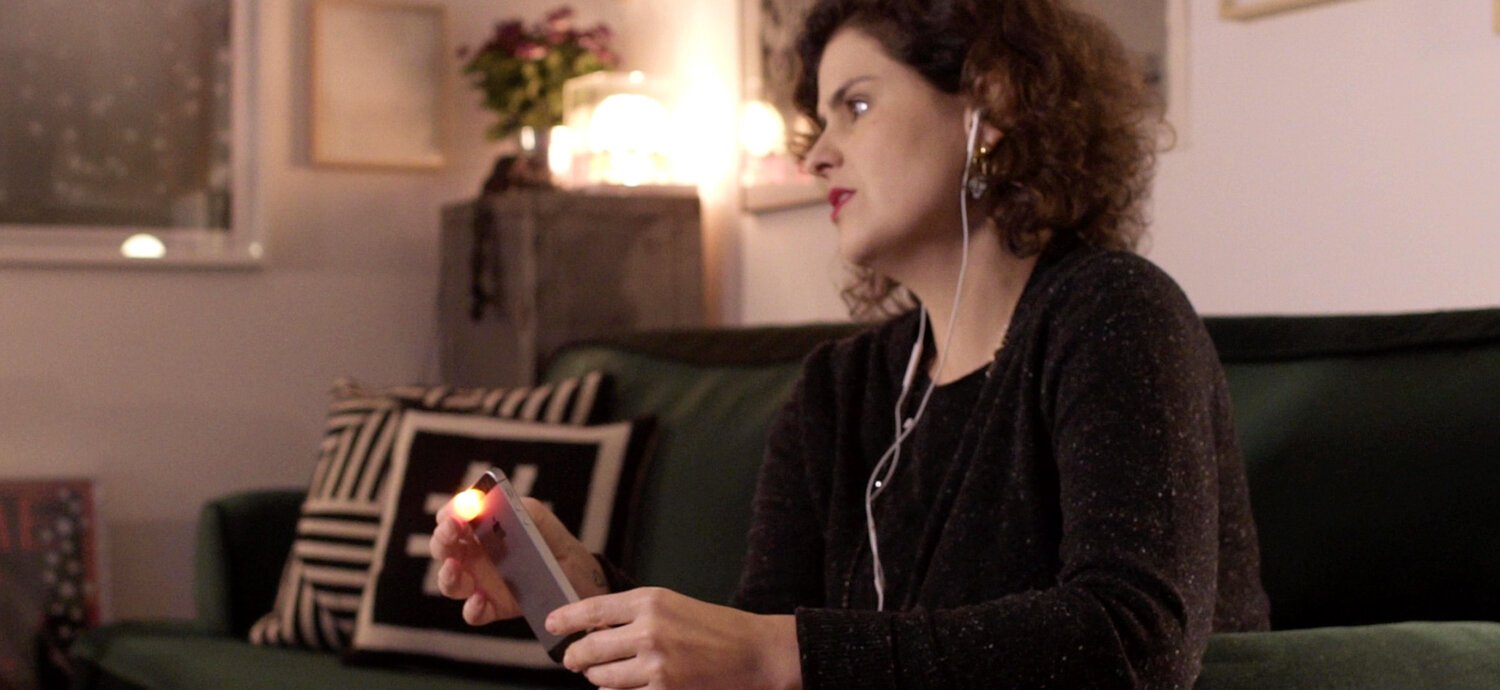Maison&Objet Fair Brand Ambassadors, In-Between Design Platform founders Bilgen Coşkun and Dilek Öztürk had a conversation with Sanayi313 Creative Director Enis Karavil at Masion&Objet Turkey Official Promotion Office Assembly Ferko Signature, on the theme of the January 2020 edition (RE)GENERATION.
Maison&Objet Paris, in collaboration with global trend agency NellyRodi, announced the theme of January 2020 as (RE)GENERATION, which will shed light on the changes of the next 25 years.
(RE) GENERATION focuses on discovering new trends in consumer behavior determined by generations Y and Z. Focusing on the ways in which the expectations and desires of this generation, born to the highest level of technology, are shaped in the midst of economic and environmental global crises, Maison&Objet; It examines the new season theme under two groups: engaged and augmented generation.
Engaged generation
This generation under the age of 30 is facing more than one global crisis; It acts without hesitation to actively integrate into transformations in the world. This generation believes in initiating change collectively; He prefers to make suggestions that will change and add value to everyone's lifestyle.
This generation has a very high level of knowledge; He dreams of returning to nature and bringing nature indoors. Using ethics as a catalyst, this group advocates for fair, responsible and virtuous business. At the same time, they play an active role in the barter and second-hand world, believing that anything used can be turned into a beautiful object.
Mexican designer Fernando Laposse, with his 'Totomoxtile' eco surface material in 2016, stands out as an inclusive example of the designer's ability to create benefits for social and environmental problems through design as an entrepreneur. Within the scope of this project, Laposse works with local workers in Mexico and supports the workforce for the agricultural activity that is nearing completion in that region. Bringing corn cobs from Mexico, Laposse first cuts the corn cobs into small pieces according to their colors, and then brings the pieces of different colors together to create different textures. By designing not a product in this way, but a material and method with the understanding of zero waste and workforce support, the designer also paves the way for different product potentials.
Augmented generation
The Wi-Fi generation wants a simpler, clearer and faster relationship with consumption. He wants to try new things, see his options, and just use the web as a source of inspiration. NellyRodi defines this as 'Connected Millennials'.
Accounts that are constantly shown as new talents on Instagram have a tendency to develop digital aesthetics with high-tech tools. But their mantra is based on well-being. We observe that feel-good messages spread to millions on the web. This generation also uses DIY videos as a content production and communication medium.
Under the title Love Project, Guto Requena proposes a necklace design called Aura Pendant. With the Aura Pendant application, which can be downloaded from the Apple Store, the user can design his own mandala using sound and pulse. The user, who covers the phone camera with his index finger, is asked to tell about the love of his life. Meanwhile, the application detects the emotions in the voice and measures the user's pulse using the index finger. The collected emotional data shapes the jewel by controlling the movement of the particles (speed, thickness, attraction, repulsion). At the end of the story, the user removes his finger from the camera. Each time, a unique design emerges in mandala format. With the 3D printing method, this mandala is turned into a necklace.
Emelie Röhndal is a textile artist. She developed the Google Weaving Stop-time project for the 4th Istanbul Design Biennial. Within the scope of this participatory project, Röhndal brought together 20 hand weavers. With a common purpose, the participants searched for the keywords 'textile, labor, Turkey' in a Google photo search in their places and wove tapestries with the results. The participants made their weavings in their own studios, with the aim of meeting later at an exhibition. In this way, it was possible for the participants to connect with other participants through the design objects they made with their hands. The technique used is also called the Swedish rya knot or the Turkish knot and has been used in both geographies for centuries. Google Weaving Stop-time Exhibition offers the audience the experience of transforming global digital images into a physical Google search engine.
Max Lamb exhibited a collection dedicated to the urushi craft, which dates back to 9 thousand years, at Gallery Fumi at the last London Design Festival. This example, where the designer devotes himself to the current equivalents of a tradition and its transfer to future generations, shows us that hierarchies are reversed. Lamb, who compiled his 10-year research process working with masters in Japan into a book, also created a resource on the urushi technique.
For Enis Karavil, creative director of Sanayi313, design balances between past and present, east and west, maximalist and minimalist opposites. Enis Karavil takes his inspiration from the cities he visits, his experiences and history. Believing in using design as a sustainable medium, Karavil finds material, texture, light and color elements equally important for an innovative design. Industry313; It brings together architecture, design, fashion and food, and continues its restoration and building projects in Istanbul, New York, Miami, London, Doha and the Alps.










